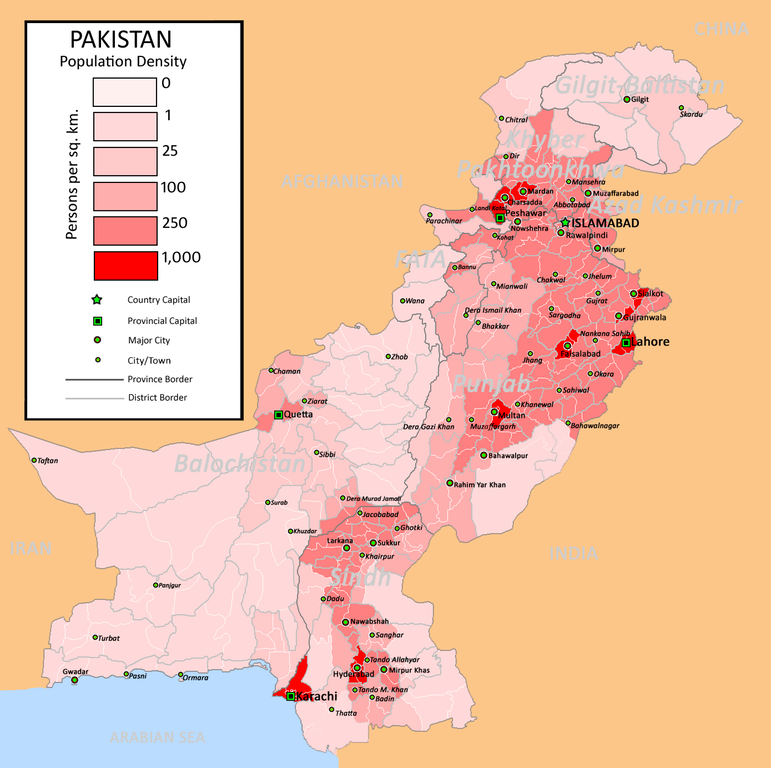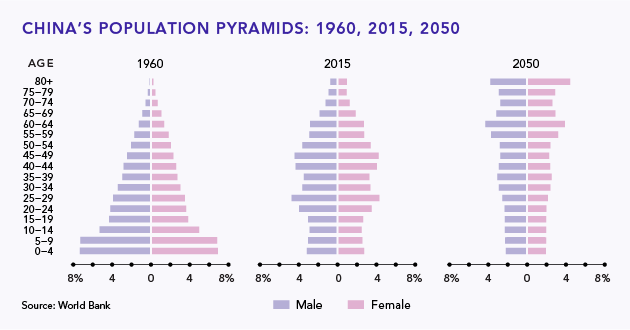In this article, we are going to explain the population policy of Pakistan and discuss the population policy of Pakistan and its social structure. In an earlier post, we explained the population policy of China.

What is the population policy of Pakistan?
The population policy of Pakistan is a set of guidelines and strategies to address the issues of population growth, family planning, maternal and child health, and human development in the country. The current population policy was formulated in 2010 and aims to achieve the following objectives by 2025:
key features of the population policy of Pakistan 2010
- Reduce the population growth rate from 1.9% to 1.3%.
- Increase the contraceptive prevalence rate from 35% to 55%.
- Reduce the total fertility rate from 3.8 to 2.6 children per woman.
- Reduce the unmet need for family planning from 25% to 10%.
- Increase the proportion of births attended by skilled health personnel from 52% to 90%.
- Reduce the maternal mortality ratio from 276 to 140 per 100,000 live births.
- Reduce the infant mortality rate from 78 to 40 per 1,000 live births.
- Reduce the under-five mortality rate from 94 to 52 per 1,000 live births.
The population policy also emphasizes the importance of investing in education, especially for girls and empowering women to make informed choices about their reproductive health and rights. The policy also recognizes the need to address the population momentum problem, which is the continued growth of the population due to the large number of young people entering the reproductive age group.
The policy proposes to increase the opportunities and services for adolescents and youth, such as life skills education, vocational training, and reproductive health counseling.
population policy of Pakistan follows the principle of
The population policy of Pakistan is based on the principles of human rights, social justice, and sustainable development. It seeks to improve the quality of life of the people and contribute to the socio-economic progress of the country.
The policy also acknowledges the challenges and opportunities posed by the demographic dividend, which is the potential economic benefit that can result from a lower dependency ratio and a larger working-age population. The policy aims to harness the demographic dividend by creating a conducive environment for human capital development, employment generation, and poverty reduction.
Which authority implements the population policy of pakistan?
The population policy of Pakistan is implemented by the Ministry of Planning, Development, and Special Initiatives, in collaboration with other ministries, provincial governments, civil society organizations, and development partners.
The policy is monitored and evaluated by the National Institute of Population Studies, which conducts regular surveys and research on population and development issues.
The policy is also aligned with Vision 2025, which is the long-term development plan of the country.
what are the challenges to implementing this policy?
some of the challenges to implementing the population policy of Pakistan are:
- lack of political commitment and ownership of policy by governments.
- inadequate allocation of resources among people
- lack of awareness about family planning in rural areas, especially among women.
- socio-cultural and religious barriers.
- high population momentum and dependency ratio.
These challenges require a multi-sectoral and holistic approach to address the potential issue and achieve the policy objectives.
comparison among India, Pakistan, and China
to analyze the picture that is given below.

https://pwd.punjab.gov.pk/history


Pingback: PhD notification 2024: Ravenshaw University - Geography Study